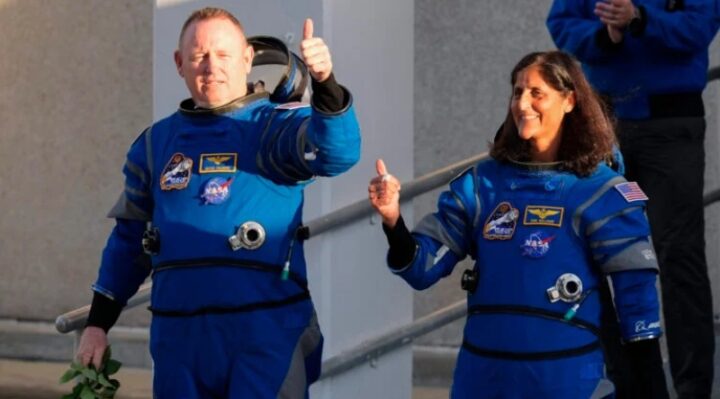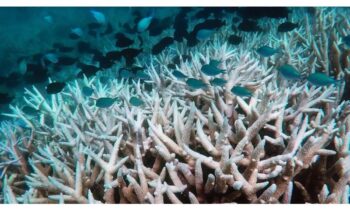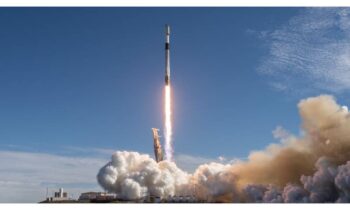
Now that the company’s Starliner spacecraft and the two astronauts on board are trapped in space, Boeing’s PR issue is beyond comprehension.
US astronauts Sunita “Suni” Williams and Barry “Butch” Wilmore have been aboard their space capsule linked to the International Space Station for the greater part of a month while engineers iron out issues with Starliner. The mission was originally scheduled to last eight days.
When precisely the astronauts will be able to return to Earth is still unknown. A Boeing representative informed the Guardian that they “do not currently have a date for the return, and will evaluate opportunities after the spacewalks” and that they had “adjusted the return of Starliner Crew Flight Test until after two planned spacewalks on Monday, June 24, and Tuesday, July 2.”
The spokesperson added, “the crew is not pressed for time to leave the station since there are plenty of supplies in orbit, and the station’s schedule is relatively open through mid-August”.
From Florida’s Cape Canaveral Space Force Station, the Starliner launched into space on June 5th, following two earlier, unsuccessful launches on May 6th and June 1st, respectively.
Long before it was officially launched, this specific NASA-Boeing mission experienced problems, including as reaction control thruster malfunctions and helium leaks. It was also one year behind schedule and $1.5 billion over budget.
A representative for Boeing stated that the majority of the thruster issues and helium leaks have been “all stable and not a concern for the return mission.”
“Four of the five thrusters that were previously shutting down are now operating normally. This means only one thruster out of 27 is currently offline. This does not present an issue for the return mission,”The representative went on.
Officials from Boeing and NASA maintain that the mission is not in danger and that the astronauts are not stranded. According to NASA, the spacecraft “currently has enough helium left in its tanks to support 70 hours of free flight activity following undocking” and needs seven hours of free flight time to complete a typical mission conclusion.
In a press briefing last week, Steve Stich, the head of NASA’s commercial crew program, stated: “We are taking our time and following our standard mission management team process. We are letting the data drive our decision making relative to managing the small helium system leaks and thruster performance we observed during rendezvous and docking.”
In the event of an emergency or the need for an early departure, the spacecraft is authorized to undock and head back to Earth.
According to NASA, “all the manifolds are closed per normal mission operations while Starliner is docked, preventing helium loss from the tanks.”
Williams and Wilmore might have to board SpaceX’s Dragon spacecraft, which is presently docked with the International Space Station on the opposite side, in order to go with the crew if the Starliner is not properly operating.
Although the corporation maintains that they run independently, Boeing has previously experienced numerous public crises involving a variety of commercial aircraft. These crises preceded the current one.
According to NASA administrator Bill Nelson, the Starliner launch is only the sixth crewed spacecraft’s first flight in US history. Nelson made this statement during a May news conference. Nelson stated, “It started with Mercury, then with Gemini, then with Apollo, the space shuttle, then [SpaceX’s] Dragon — and now Starliner,”



